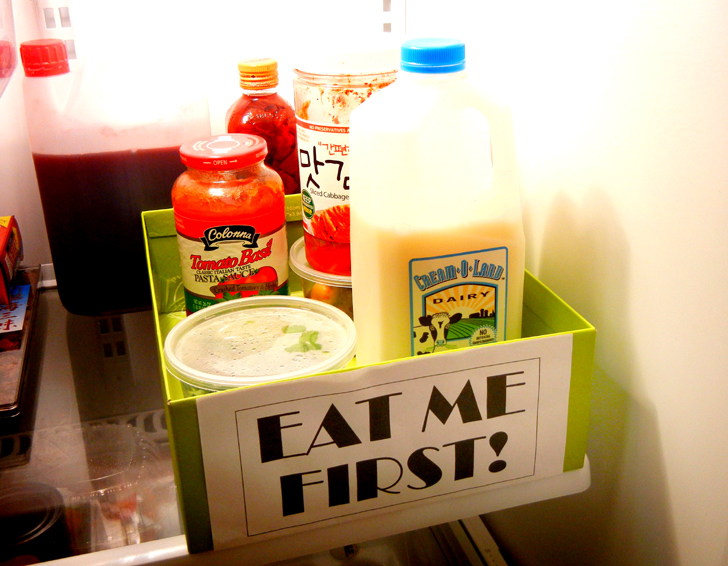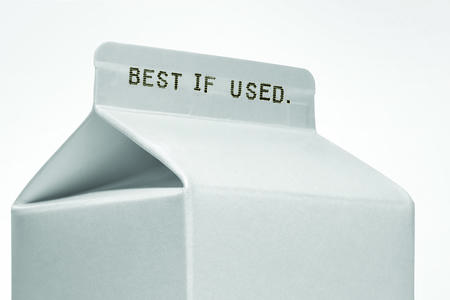Planning
 Meal planning is one of the best ways to prevent food waste. Some people like to dedicate a shelf or section of the refrigerator for perishable food or things they need to eat first.
Meal planning is one of the best ways to prevent food waste. Some people like to dedicate a shelf or section of the refrigerator for perishable food or things they need to eat first.
Having a party? Use a online tool to calculate how many servings to prepare.
Read more about food planning here.
Reuse tips/recipes
Get creative with these recipes to reduce food waste sent to the landfill.
Find more ideas here.
Food storage tips
Proper food storage extends the life of your food. More time for you to eat the food means a lower chance of the food going to waste. Explore the best way to store the specific food in your kitchen at Savethefood.com/storage.
Did you know that you can revive wilted carrots and lettuce, re-crisp stale chips, and save the overly salted meal? Check out these 5-ways to revive food before tossing it out.
Understanding Common Date Labeling Phrases
 There is no uniform food dating system in the United States. As a result, there are a wide variety of phrases and dates used on labels with a variety of meanings.
There is no uniform food dating system in the United States. As a result, there are a wide variety of phrases and dates used on labels with a variety of meanings.
Examples of commonly used phrases:
- A "Best if Used By/Before" date indicates when a product is guaranteed by the producer to be of best flavor or quality. It is not a purchase or safety date.
- A "Sell-By" date tells the store how long to display the product for sale for inventory management. It is not a safety date.
- A "Use-By" date is the last date recommended for the use of the product while at peak quality. It is not a safety date except in the case of Infant formula.
- A "Freeze-By" date indicates when a product should be frozen to maintain peak quality. It is not a purchase or safety date.
Data Source: https://www.fsis.usda.gov/food-safety/safe-food-handling-and-preparation/food-safety-basics/food-product-dating